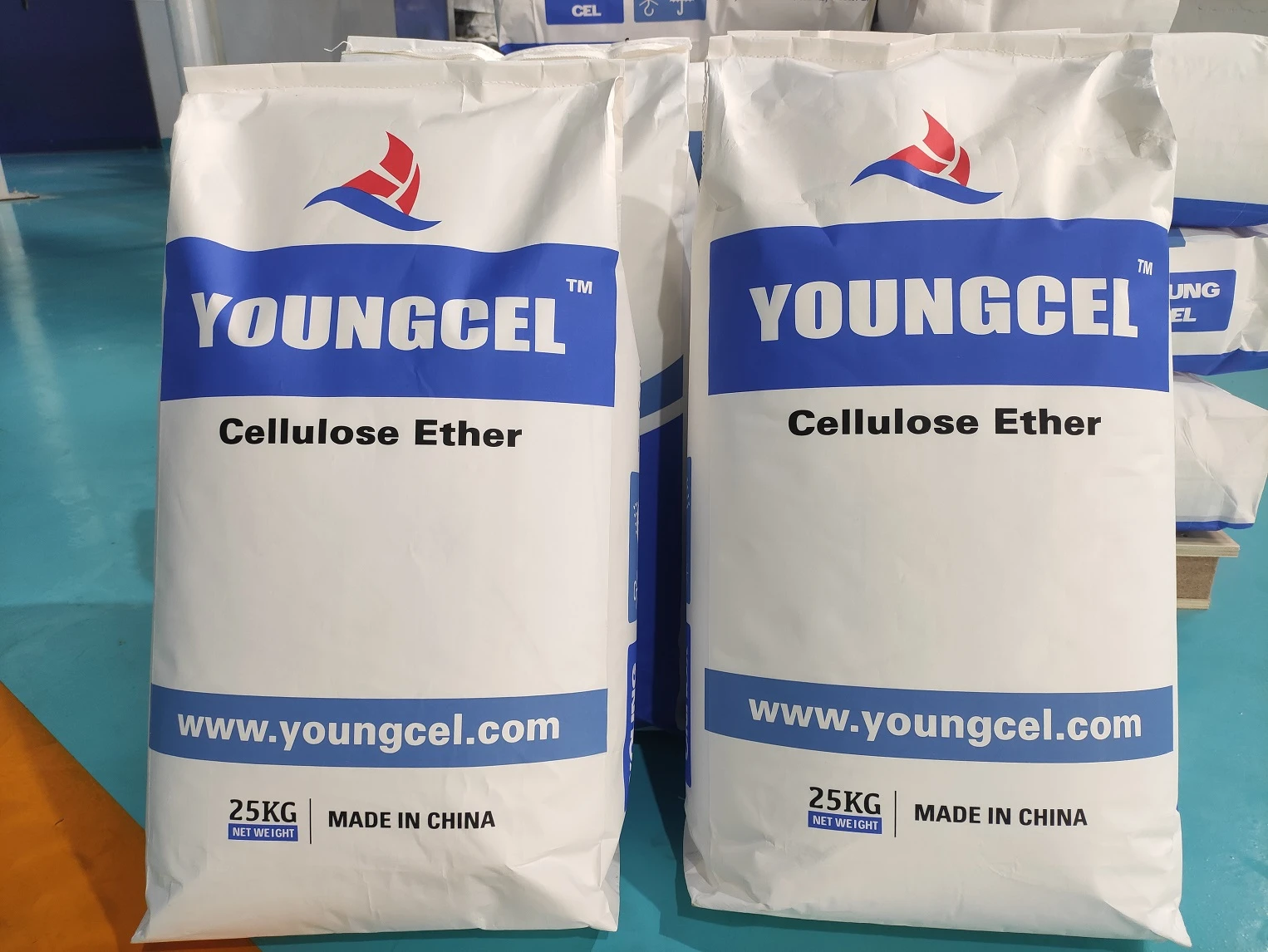Exploring Cellulose Raw Materials The Foundation of Sustainable Solutions
Cellulose, an organic polymer and a fundamental component of plant cell walls, plays a pivotal role in various industries due to its abundance and versatility. This natural biopolymer, composed of glucose units linked by beta-1,4-glycosidic bonds, offers myriad applications, ranging from textiles and paper to biofuels and food additives. Given the increasing global emphasis on sustainability, cellulose raw materials are becoming increasingly significant as eco-friendly alternatives to synthetic materials and chemicals.
Sources of Cellulose Raw Materials
Cellulose can be derived from a variety of sources, including wood, cotton, hemp, flax, and agricultural residues such as straw and corn stover. Wood, particularly from softwood trees like pine and fir, is one of the primary sources of cellulose for industrial applications. The cellulose content in wood can range from 40% to 50%, making it an efficient source for production. Cotton, with its high cellulose content (approximately 90%), is predominantly used in the textile industry. In contrast, hemp and flax provide cellulose fibers used not only in textiles but also in biocomposites for automotive applications.
Agricultural residues are particularly noteworthy as they promote a circular economy. Instead of discarding these materials, industries can harness them, minimizing waste and offering a sustainable solution to the growing demand for cellulose. By converting agricultural byproducts into cellulose, companies can help alleviate environmental pressures, reduce landfill use, and produce valuable materials simultaneously.
Processing Cellulose Raw Materials
The processing of cellulose raw materials involves several steps, including pulping, bleaching, and refining. The pulping process breaks down the lignin and hemicellulose that surround the cellulose fibers, yielding a pure cellulose pulp. Different pulping methods, such as chemical and mechanical processes, yield specific types of cellulose with varying properties suitable for different applications. For instance, dissolving pulp, which has a high cellulose content and is free from impurities, is used to produce regenerated fibers like rayon and lyocell.
Bleaching improves the whiteness and purity of cellulose. However, modern methods increasingly emphasize the use of environmentally friendly bleaching agents to adhere to sustainable practices. After bleaching, refining the cellulose pulp transforms it into a desired consistency that is usable in various sectors, including the paper industry, where it is converted into different grades of paper products.
cellulose raw materials

Applications of Cellulose
The applications of cellulose raw materials are diverse and expanding as technological advancements continue to emerge. In the textile industry, cellulose fibers are celebrated for their breathability, dye affinity, and biodegradability, making them preferred choices for sustainable fashion. In food processing, cellulose serves as a thickening agent, an emulsifier, and a stabilizer, enhancing the texture and shelf-life of numerous products.
In the realm of biofuels, cellulose biomass can be converted into fermentable sugars, which are subsequently transformed into ethanol or other biofuels, offering a renewable energy source. The potential for cellulose to contribute to the bioeconomy aligns with the global goal of reducing reliance on fossil fuels.
Future Perspectives
Looking ahead, the future of cellulose raw materials appears promising. Innovations in technology are unlocking new ways to enhance cellulose extraction and utilization. The development of nanocellulose, a derivative of cellulose with superior mechanical properties and high surface area, opens doors to applications in drug delivery systems, packaging, and even construction materials.
Moreover, as consumers and industries alike prioritize sustainability, the demand for biodegradable and eco-friendly materials will drive growth in the cellulose market. Partnerships between agricultural sectors and industries can further ensure a steady supply of cellulose while promoting environmental stewardship.
In conclusion, cellulose raw materials stand at the intersection of sustainability and innovation. Their ability to be sourced from renewable materials and transformed into versatile products positions them as essential components in the transition toward a more sustainable and circular economy. As research and technology progress, cellulose is anticipated to play an even more significant role in shaping a greener future.
-
Rdp that The Revolutionary Polymer Powder Transforming Modern Construction MaterialsNewsAug.11,2025
-
Hpmc Powder that Versatile Additive for Detergents and Personal CareNewsAug.11,2025
-
Hpmc Hydroxypropyl Methylcellulose that Essential Building Material Additive from Shijiazhuang Gaocheng YongfengNewsAug.11,2025
-
Hydroxypropyl Methyl Cellulos Hpmc that Essential for Construction ApplicationsNewsAug.11,2025
-
Mhec Powder that Revolutionizing Construction Chemistry with Cellulose Ether SolutionsNewsAug.11,2025
-
Industri Hpmc that The Global Backbone of Advanced ConstructionNewsAug.11,2025




